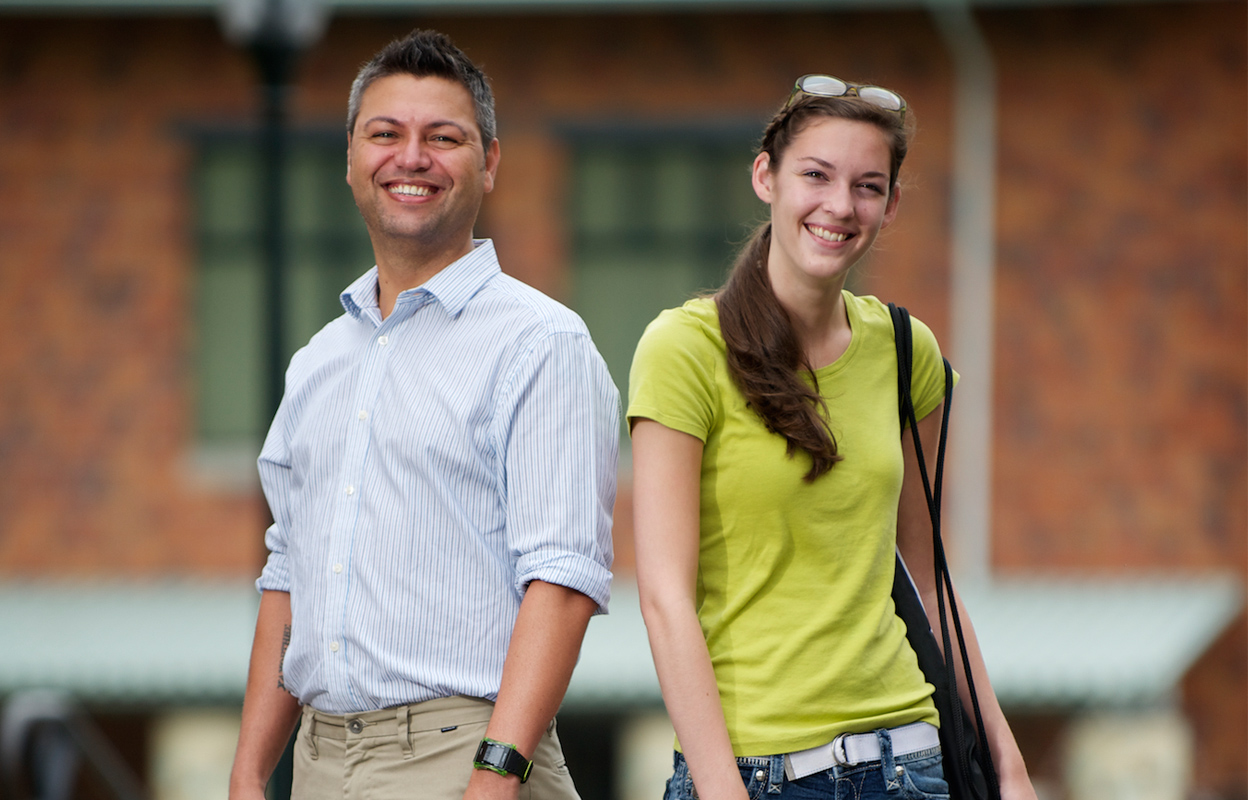• Years at Salmon Creek campus: 17 (The school originally opened in 1986 and operated out of Bauer Hall on the Clark College campus until the permanent site opened in Salmon Creek in 1996.)
• Campus acreage: 351.
• Expected number of students in 2013: 3,000, including more than 200 freshmen, the largest entering class so far.
• Average student age: 26.
• Average freshman age: 19.
• Degrees offered: 20 bachelor’s degrees, nine master’s degrees, two doctorate degrees.
• Local roots: The WSU Vancouver campus used to be a dairy farm. There was heavy rain at the groundbreaking, and guests were reminded to look out for cow patties as they walked through the wet grass.
• Great views: WSU Vancouver is the only WSU campus with views of the Cascade volcanoes. On a clear day, the campus offers stunning views of Mount St. Helens, Mount Hood and Mount Adams.



